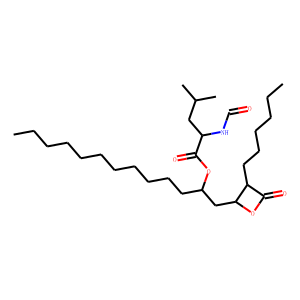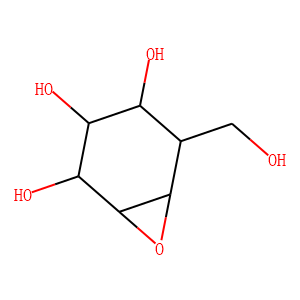Mass spectrometric analysis of 7-oxygenated androst-5-ene structures. Influence in trimethylsilyl derivative formation
Author:Martinez-Brito D, de la Torre X, Parr MK, Botr¨¨ F.
Journal:Rapid Commun Mass Spectrom,2020 Sep 15;34(17):e8834.
Abstract:Several authors have described the generation of androsta-3,5-diene-7-one structures from androst-5-ene-3,7-dione or androst-5-ene-3β-ol-7-one under acidic conditions and/or at high temperatures. The goal of this study was to observe and to describe the results obtained after the chromatographic analysis of the trimethylsilyl derivatives of reference materials of 7-oxo-DHEA, 7α-hydroxy-DHEA, 7β-hydroxy-DHEA, and androsta-3,5-diene-7,17-dione known as arimistane.Methods: The purity of the analyte reference materials was verified by liquid chromatography/quadrupole mass spectrometry. The trimethylsilyl derivatives obtained using several mixtures with MSTFA (N-methyl-N-trimethylsilyl trifluoroacetamide) in comparison with solely MSTFA were analyzed by gas chromatography coupled to a time-of-flight detector equipped with a multimode inlet or to a simple quadrupole detector with a split/splitless inlet.Results: The study showed that the formation of arimistane from 7-oxo-DHEA occurs using common derivatization reagents used for the analyses by gas chromatography (GC). In addition, the formation of the enolized TMS derivative of 7-oxo-DHEA was observed in considerable amount when it was reacted with MSTFA. The analysis of 7α-hydroxy-DHEA resulted in the detection of ~1% of arimistane. The formation of unexpected artifacts from derivatization is influenced by the reagent itself, the reaction temperature, the inlet used and its configuration.Conclusions: The derivatization reagent, instrumental conditions (inlet), as well as the chemical structures of the analytes present in the matrix, can influence the results. So, before describing a new feature as a potential “new” metabolite, special caution must be taken since we could actually be dealing with an artifact.
Products Used:


